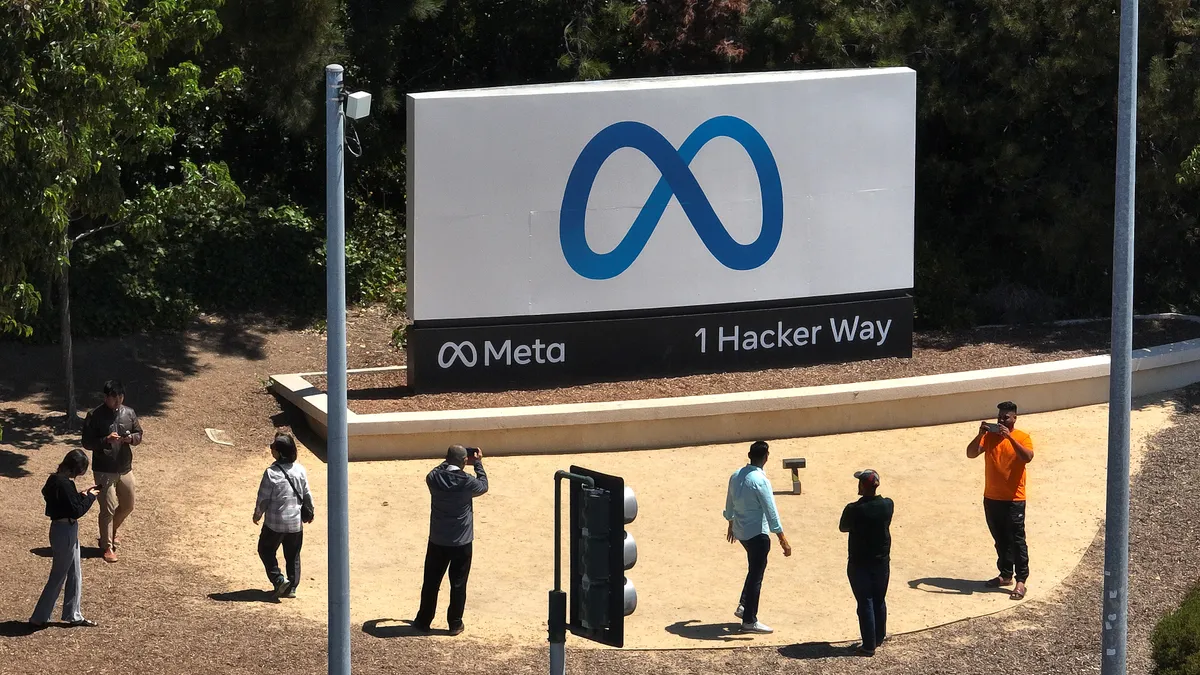Dive Brief:
- Open-source AI models are gaining popularity among enterprises, according to a Databricks report that analyzed anonymized usage data from 10,000 customers, including 300 companies in the Fortune 500.
- More than three-quarters of companies using large language models select open-source, the report published this month found. Just a month after Meta’s Llama 3 launched, it captured nearly 40% of all open-source model usage.
- Enterprises are often targeting efforts toward smaller open-source models with costs and latency as the key drivers, Databricks said. Across Meta Llama 2, Llama 3 and the second biggest player Mistral users, the majority work with models with 13 billion parameters or fewer.
Dive Insight:
The gray area that is the AI model lexicon caused some early enterprise apprehension about open-source LLMs.
“Brands, which can take decades to build a trusted relationship with their consumers, have been rightly cautious in adopting technologies built on open-source or open-access platforms using unfiltered datasets,” EY researchers said in a March report.
But organizations take on some level of risk, no matter the project. It’s up to tech teams to assess whether the reward is worth it.
Northwestern Medicine has brought several pilots to production by leveraging open-source models to develop solutions that alleviate burnout among radiologists and benefit patients, according to Mozziyar Etemadi, medical director of advanced technologies at the healthcare system.
“We are not the world’s experts in machine learning,” Etemadi, who reports directly to SVP and CIO Doug King, told CIO Dive. “Fortunately, all of that stuff is open source, so we can rely on it.”
Etemadi’s team of engineers has been consistently building and deploying AI tools over the past four years. The Illinois-based hospital system developed solutions that remind physicians about follow-up care and draft reports for radiologists.
“Our decision-making is that small domain-specific models tend to just do a lot better [and] they’re way, way, way cheaper,” Etemadi said. “Now, that may not always be the case; I think the jury’s still out.”
Regulators are taking a closer look at how to prevent the misuse of open models versus those that are closed, and data privacy watchdogs are tracking the quickly changing landscape.
On Friday, the Irish Data Protection Commission requested Meta delay training its LLMs using public content shared on its social media platforms. Stakeholders are also developing blueprints and grading assessments to help organizations while these processes remain unstandardized.














